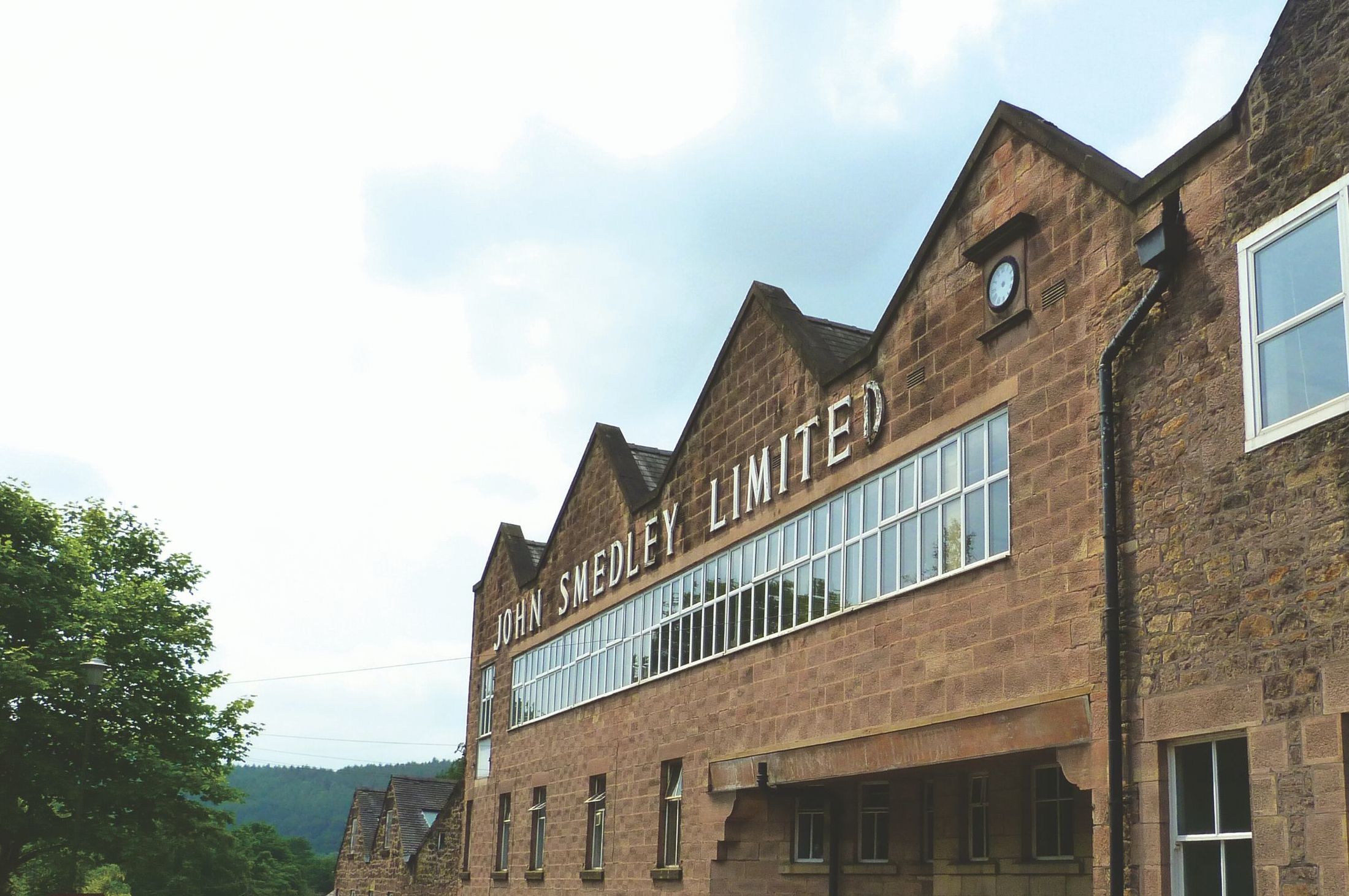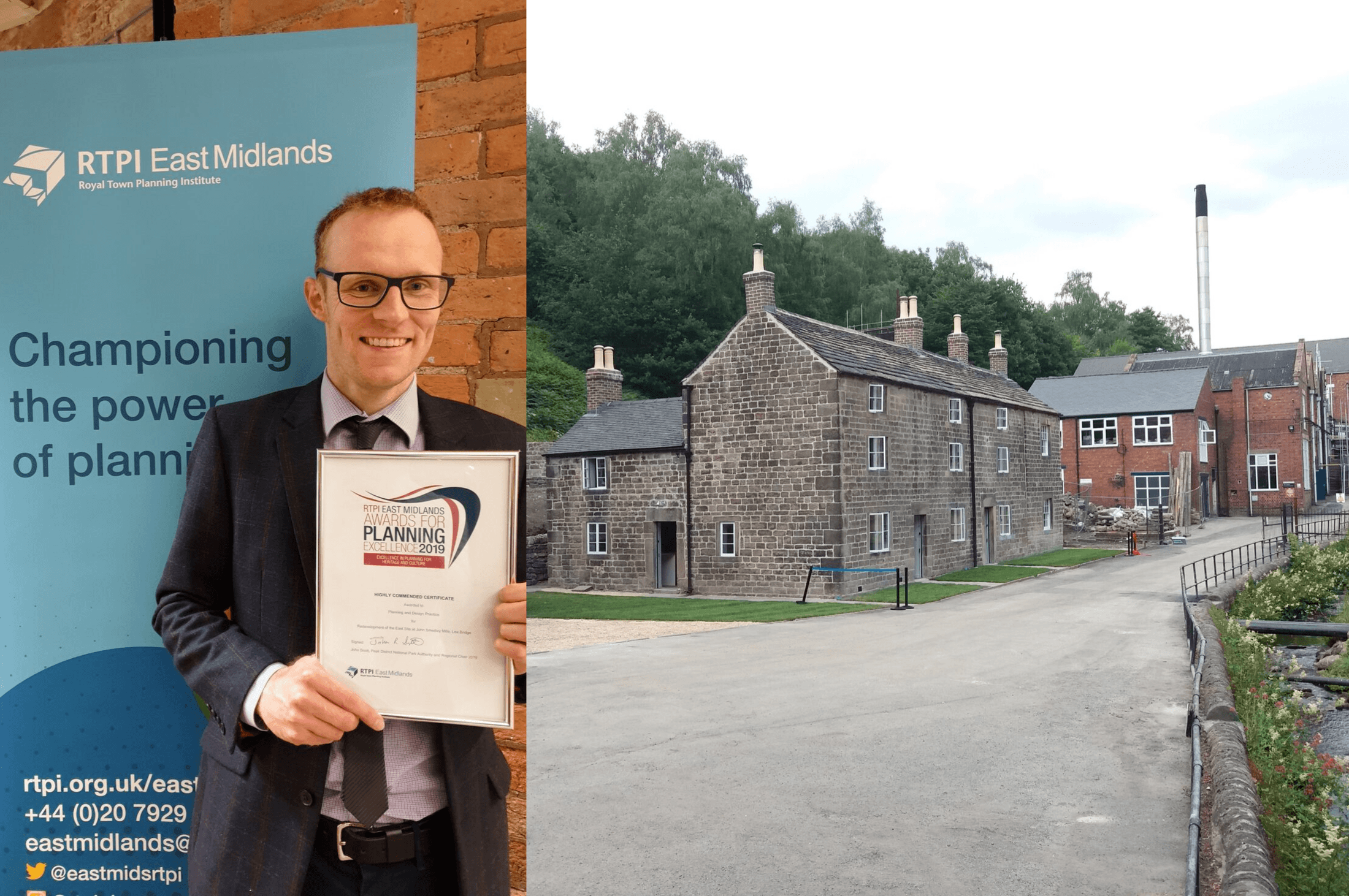During 2018/19 significant work has been carried out to agree a vision for the Derwent Valley World Heritage Site (DVMWHS), creating a Management Plan detailing the aims, objectives and actions to help deliver that vision up to the year 2025.
The vision is clear, with the aim to
“Create and promote a local, national and international understanding and identity for the Derwent Valley Mills World Heritage Site as a cohesive and coherent whole, based on its global significance for all of humankind.”
From 11 October to 8 November 2019, the DVMWHS Co-ordination Team has been seeking the public’s opinion on the latest version of this draft Management Plan, for final changes to be made in November. The Plan will then be submitted to Historic England and the Department of Digital, Culture, Media and Sport for clearance, before being submitted to UNESCO in January 2020.
You can read more and download a low-res version of the draft Management Plan at this LINK
World Heritage Sites, such as (DVMWHS) are places of global significance. Recognised by the United Nations Educational, Scientific and Cultural Organisation (UNESCO) through the World Heritage Convention, which has been ratified by the 193 member states of the United Nations (out of 206 recognised), including HM Government.
The industrial buildings within the Derwent Valley Mills may be considered to be unique in that they were the first of examples of what was to become the model for factories throughout the world in subsequent centuries.
The Derwent Valley was where the modern factory system was developed and established, beginning with the construction of the Silk Mill in Derby in 1721 for the brothers John and Thomas Lombe, which housed machinery for throwing silk, based on an Italian design. The scale, output, and numbers of workers employed were unprecedented. In 1771 Richard Arkwright constructed a water-powered spinning mill at Cromford, followed by a second, larger mill in 1776-77 which truly established the “Arkwright System” and the Industrial Revolution. The workers’ housing associated with this and the other mills are intact and span 24km of the Derwent Valley from the edge of Matlock Bath in the north almost to the centre of Derby in the south, incorporating the four principal industrial settlements of Cromford, Belper, Milford, and Darley Abbey.
Your comments on the draft Management Plan can be emailed to info@derwentvalleymills.org until 5pm on Friday 8 November 2019. Clear, concise comments would be appreciated.
Planning & Design recognise the importance of the built heritage in our towns, villages and rural areas. We have worked on numerous schemes in and around the World Heritage site and involving Listed Buildings, and Conservation Areas. Recently we were awarded with the Highly Commended Certificate for Excellence in Planning for Heritage & Culture at the RTPI East Midlands Awards for Planning Excellence 2019 for our work on the redevelopment of the ‘East Site’ at John Smedley Mills within the Derwent Valley Mills World Heritage Site. Director Jon Millhouse specialises in heritage planning and design team leader Lindsay Cruddas is a registered Specialist Conservation Architect.
“With one of the longest histories of any town in the country, Derby has a rich history which manifests itself in our built heritage, its conservation areas and the UNESCO World Heritage site, of which we should be rightly proud” said Jon Millhouse, Director at Planning & Design.
“The Management Plan consultation will help to preserve the special character of the Derwent Valley Mills World Heritage Site for many years to come. Identifying innovative approaches, and re-evaluating the assets of the area within the local economy, will help ensure a sustainable and viable future for this unique historical site which will bear fruit long into the 21st century and beyond.”




